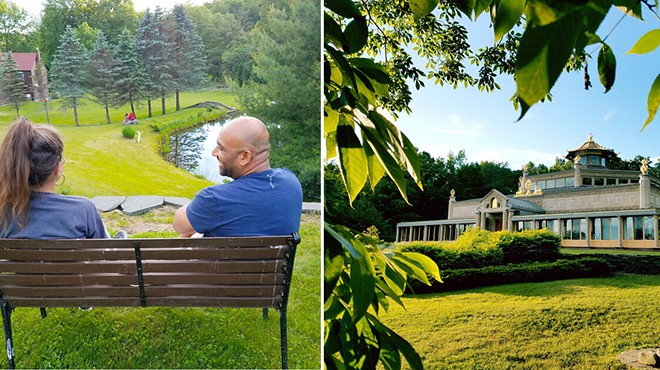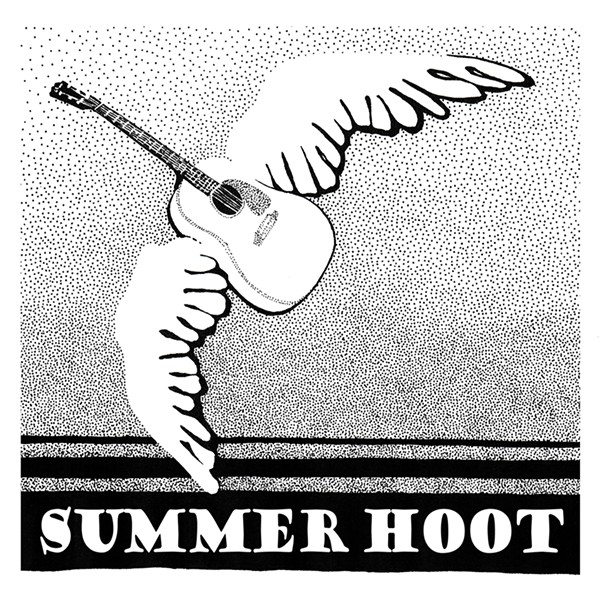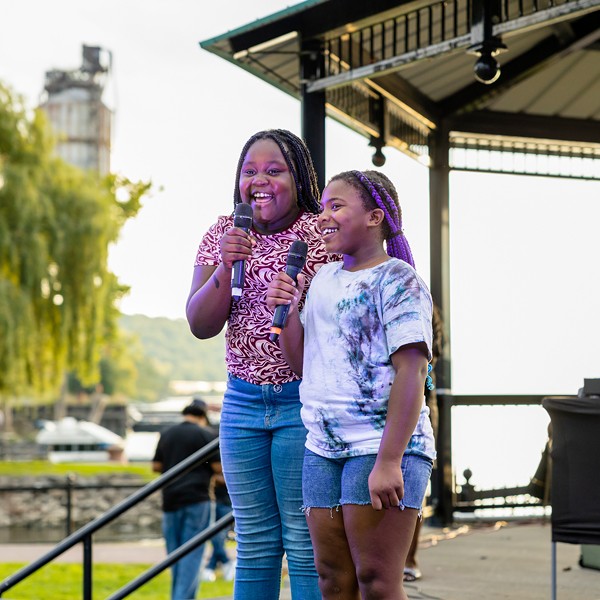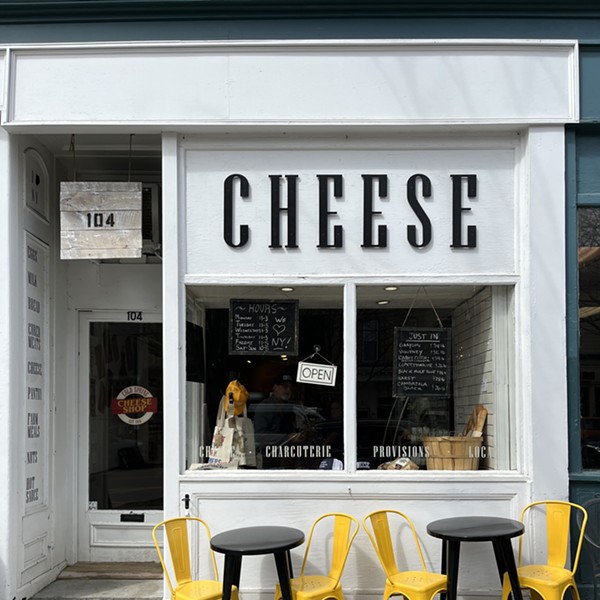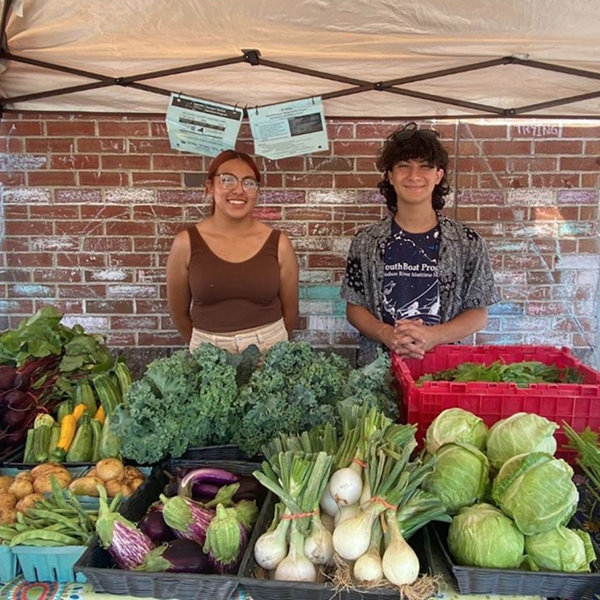Sometimes being a food snob changes everything.
Since buying their three-acre Stone Ridge property 11 years ago, visual artists Allyson Levy and Scott Serrano have turned it into an oasis worthy of a photo spread in Horticulture magazine. They’ve planted a host of fruit trees and other edibles, including exotics like ginseng and Siberian kiwi. They’ve put in a cranberry bog, a lotus garden, and even (cue the music from Little Shop of Horrors) a bog for carnivorous plants. They tap their maple trees and raise chickens. They make teas and soda from sassafras and wintergreen and forage throughout the seasons for ramps, wild asparagus, berries, and more.
Tired just thinking about it? Then you’re not Levy or Serrano. They recently purchased eight acres across the road with the goal of planting a diversity of nut trees there. Pecans, almonds, Korean pine.
So what’s with the two artists? Are they, like the trees they’re planting, nuts? No. There’s a fine line between passion and compulsion, and Levy and Serrano are treading it with palpable delight. This isn’t a hobby they’re pursuing, and it’s not a shallow and disposable “lifestyle,” either. What Levy and Serrano are doing runs deep. “Sometimes this seems overwhelming,” says Serrano. “But when you’re really passionate about something, as we are about our land, it doesn’t feel like work.”
It was their palates, of all things, that launched them on this way of life. “We wanted what we couldn’t find in stores,” says Serrano. “Blackberries, for instance. When blackberries are ripe, they start to disintegrate. That’s when they’re supposed to be eaten. You can’t get ripe blackberries in stores.”
Now it’s not just homegrown blackberries these self-described food snobs enjoy. They have a cornucopia of straight-from-the-garden delights to savor—and their friends do, too. “I recently brought some of our Georgia Belle peaches to a dinner party,” recounts Serrano. “People couldn’t believe how good they tasted. Everyone there wanted to buy the tree.”
Levy and Serrano are part of a small but growing contingent of people who are discovering the joys of living off their land. Whatever you call it—“homesteading,” “pursuing economic self-reliance,” or simply “gardening a whole heckuva lot”—collectively they are blazing a trail for the many people who sense that their more conventional lives are out of whack and yearn for a more grounded and environmentally sustainable way of life.
There’s a basic precept at work here: If you want to lead a more grounded life, try living closer to the ground.
Linda-Brook Guenther and Todd Andrews have also embraced this principle. They maintain a vegetable garden on their 2.5-acre Accord property that’s large enough to support a modest community-supported agriculture (CSA) business and, like Levy and Serrano, they raise chickens and tap their maples.
Homesteading is in Guenther’s blood. Her parents moved to Ulster County to live off the land in the 1970s: their daughter’s first name (“Linda-Brook”) reflects their eco-values. But the similarities go only so far. “My parents were retreating from the American Dream,” says Guenther. “A lot of people called them drop-outs. We’re choosing a life that we love, and we’re definitely not dropping out. We believe in interfacing with the culture of the neighborhood and the Hudson Valley as much as possible.”
Though very much part of the web of community, Guenther and Andrews have de-coupled from society in important ways, such as not having the Internet or television in the house. “The Internet is amazing, but I don’t like sitting in front of a computer,” says Guenther. “I had it for a half-year, and it ate up too much time and caused too much frustration. My mother has dial-up next door if we really need it.”
They are also home-schooling their two children, aged four and six. “We’re not trying to shield our kids from anything,” she says. “We want them to see how other people live, and we want them to make important decisions for themselves.”
Home-schooling and homesteading seem to go hand in hand, so much so that one might be excused for thinking that “homestead” means “home ‘stead of public school.” Andy Bicking, who shares a two-acre Esopus homestead with his wife Jenny Fowler and their two young homeschooled children, says, “It’s not surprising that home schooling goes with the territory. Much of what we value starts at home.”
On the family farmstead, children get exposed to realities they’d never see in school. “There’s this glossy romantic version of homesteading that has it all about growing flowers and dancing with the butterflies,” says Guenther. “That’s not the reality, though. Where you have livestock, you have death. A neighborhood dog came in once and ate half the chickens. It’s hard work and it ain’t all pretty.”








